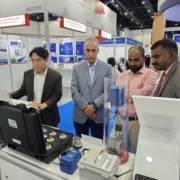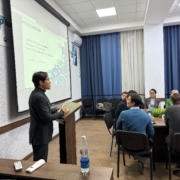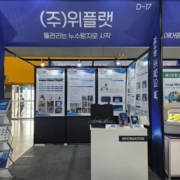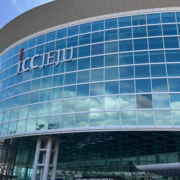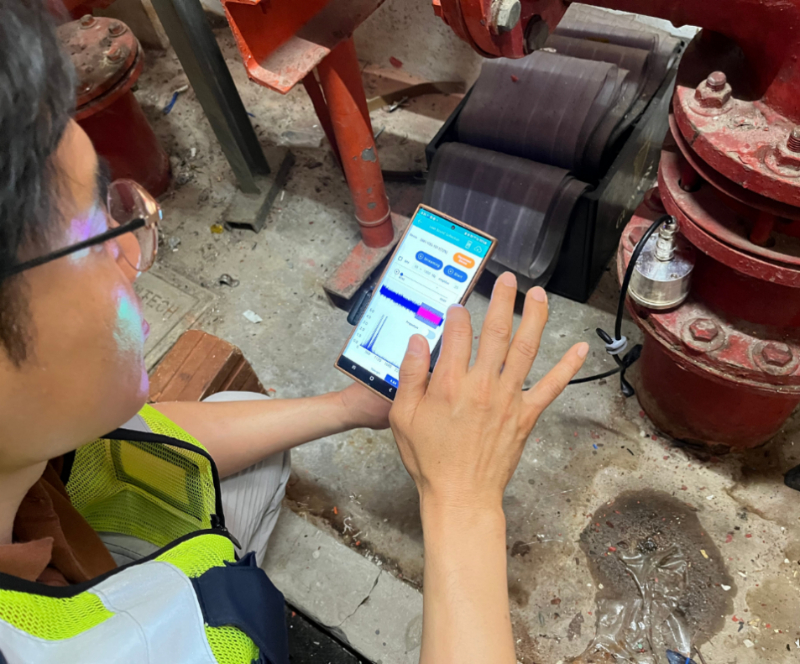WI.Plat Selected for KOICA IBS Program – Launches Full-Scale Water Management Project in Indonesia
WI.Plat Selected for KOICA IBS Program – Launches Full-Scale Water Management Project in Indonesia
Expanding Influence in Southeast Asia’s Water Management Market
CEO Sanghoon Cha: “Establishing Leadership in Smart Water Management Business”
WI.Plat Launches Full-Scale Expansion into Indonesia’s Water Management Market
WI.Plat has officially announced the commencement of its full-scale expansion into Indonesia’s water management sector.
A spin-off from K-water, WI.Plat specializes in AI-based leak detection solutions and was selected in May as a recipient of KOICA’s Inclusive Business Solution (IBS) program.
Through this initiative, WI.Plat aims to transform Indonesia’s water infrastructure and establish a sustainable leak management system that contributes to reducing water loss. The project includes the establishment of a leak management training center and performance testing center, as well as the development of a results-based business model designed to deliver tangible leak reduction outcomes in major Indonesian cities.
In close collaboration with the Indonesian Water Supply Association (Perpamsi) and local partner SUPRA International, WI.Plat plans to build smart water management infrastructure tailored to local conditions. The company will deploy its intelligent leak detection system—powered by AI and IoT technologies—across five regional water utilities in Indonesia, addressing real-world leakage challenges through innovative solutions.
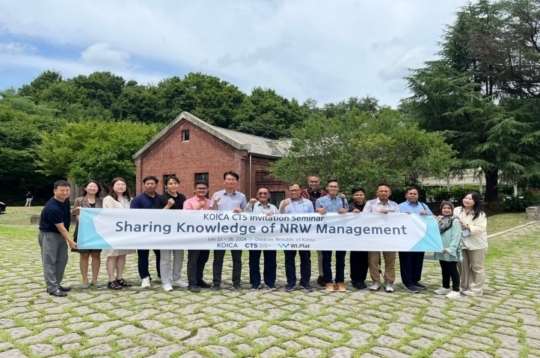
WI.Plat – The Only Korean Company to Successfully Complete KOICA’s CTS Program from Seed 0 to Seed 2 – Expands Sustainable Smart Water Solutions Across Indonesia
WI.Plat is the only Korean company to have successfully completed all stages—Seed 0 through Seed 2—of KOICA’s Creative Technology Solution (CTS) program. Through its previous projects in key Indonesian cities including Surabaya, Bandung, and Cirebon, WI.Plat has demonstrated a deep understanding of local challenges and proven the effectiveness of its customized solutions.
Building upon this foundation of technology and field experience, the current IBS project aims to establish a sustainable digital leak management system across Indonesia. Even after the official project period ends, WI.Plat plans to contribute to Indonesia’s national water management goals by delivering measurable reductions in water loss through scalable and locally adapted solutions.
Furthermore, WI.Plat is using its selection for the KOICA IBS program as a springboard to expand beyond Indonesia into the broader Southeast Asian region. The intelligent leak management technology successfully validated in Indonesia will be applied to other countries with pressing water infrastructure needs—including the Philippines, Vietnam, and Thailand—to expand its regional influence. In doing so, WI.Plat aims to advance sustainable development and environmental protection across Southeast Asia.
Sanghoon Cha, CEO of WI.Plat, stated,
“Being selected for KOICA’s IBS program is a major milestone that not only supports Indonesia’s water management capacity through Korea’s advanced digital water solutions, but also lays the groundwork for WI.Plat to establish leadership in the Southeast Asian smart water management market. We hope this project will provide practical benefits to Indonesia as it builds a nationwide intelligent water management system, and we will do our best to establish a sustainable business model that aligns with local needs.”
(This press release was jointly prepared by KOICA and WI.Plat Co., Ltd. in 2025.)
Sources: https://n.news.naver.com/mnews/article/215/0001209860

